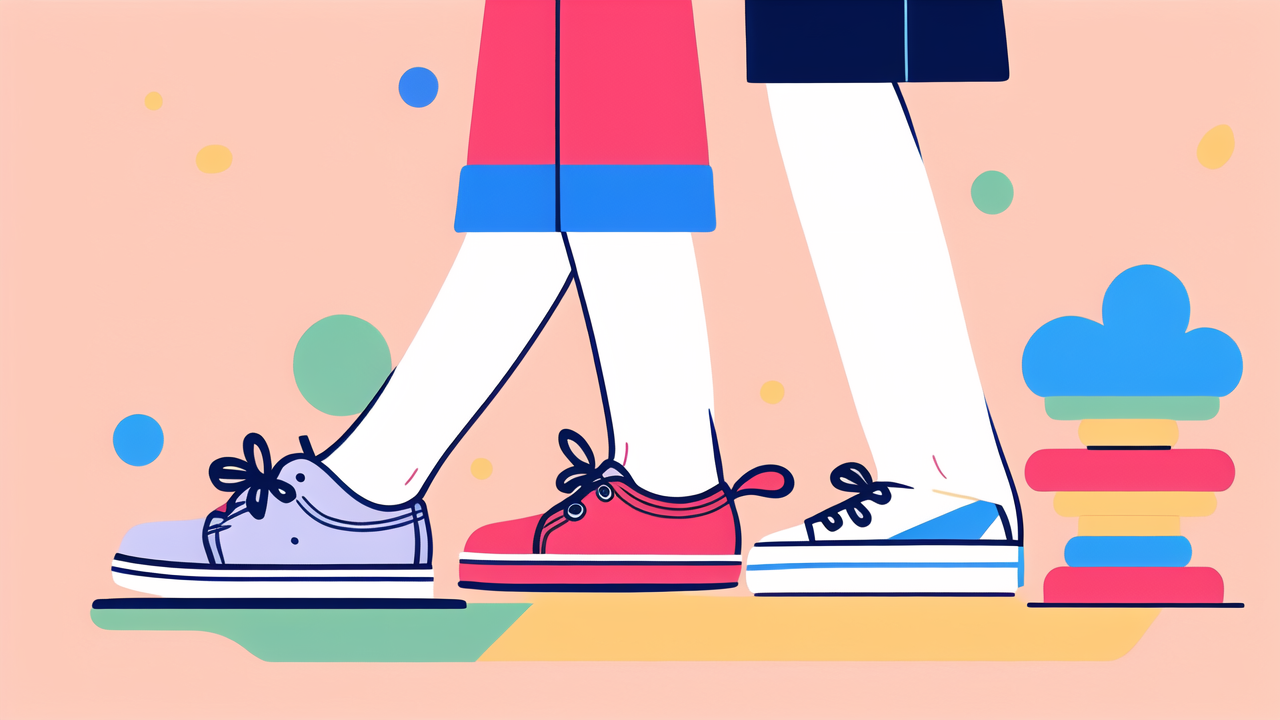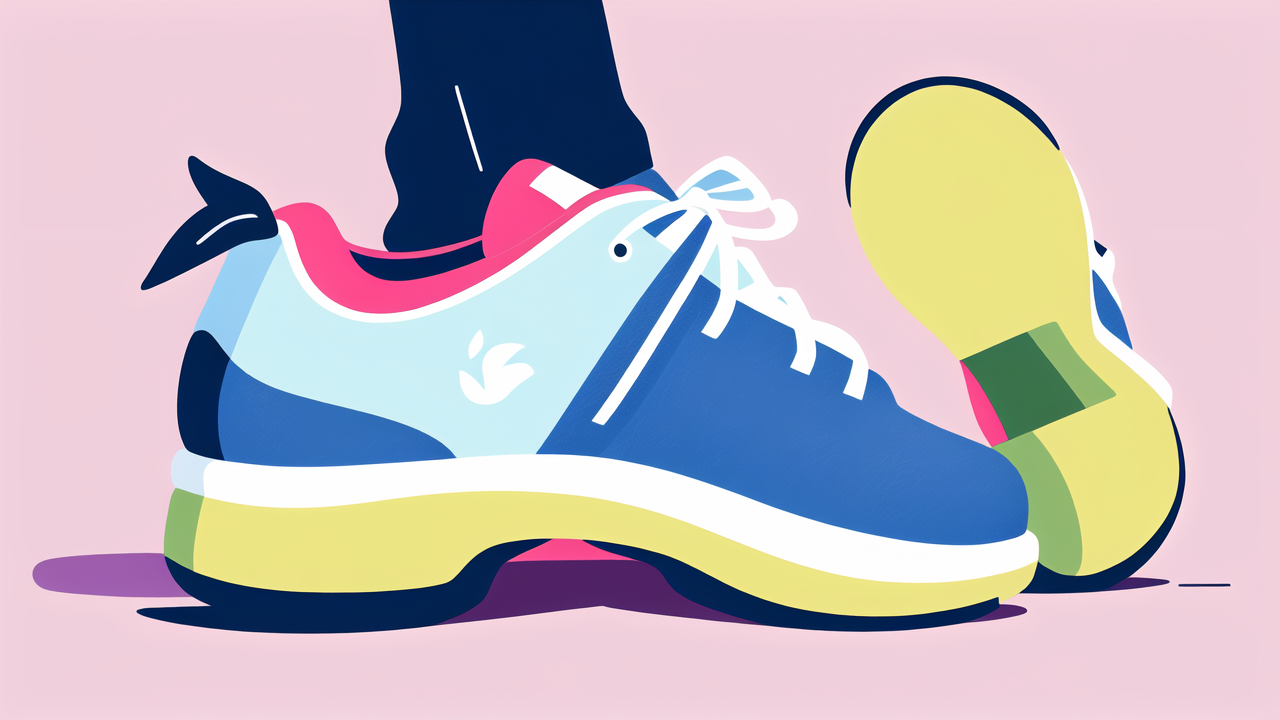
Nurturing Your Little One: Baby Shoes and Skin Care Must-Haves
Understanding the Importance of Proper Baby Shoe Care
The Role of Shoes in Baby's Development
Baby shoes play a crucial role in your little one's development. They protect tiny feet from harm and support early walking attempts. Proper footwear helps babies develop balance and coordination. It also aids in strengthening leg muscles and foot arches.

Good shoes allow natural foot movement. This is key for healthy foot growth. They should be flexible enough to let toes grip and feet flex. At the same time, they need to offer some structure for stability.
Remember, barefoot time is also important. It helps babies feel different textures and develop sensory skills. Balance shoe time with barefoot play for optimal foot development.
Key Factors to Consider When Choosing Baby Shoes
When shopping for baby shoes, keep these factors in mind:
- Size: Ensure a proper fit with room for growth.
- Material: Choose breathable, soft materials like leather or canvas.
- Flexibility: The shoe should bend easily at the ball of the foot.
- Sole: Look for non-slip soles for safety.
- Closure: Velcro or adjustable straps make putting shoes on easier.
- Support: A firm heel counter provides stability.
Measure your baby's feet regularly. Infants' feet grow quickly. A shoe that fits today may be too small in a month. Avoid hand-me-downs. Each child's feet are unique.
Consider the season and your baby's activity level. Different shoes suit different needs. Always prioritize comfort and function over style.
Top Baby Shoes and Their Benefits
Balancing Comfort with Style: What to Look For
When choosing baby shoes, comfort should be your top priority. Look for soft, lightweight materials that allow feet to breathe. Flexible soles mimic barefoot walking and aid natural development.

Seek shoes with wide toe boxes. This gives little toes room to spread and grip. It's crucial for balance and mobility. Avoid stiff or narrow shoes that can hinder foot growth.
Style is fun, but shouldn't compromise comfort. Many brands now offer adorable designs in foot-friendly shapes. Look for shoes that are easy to put on and take off. This makes diaper changes and dressing simpler.
Consider shoes with adjustable closures. They accommodate swelling and growth. Mesh or canvas uppers offer breathability. Leather is durable and molds to the foot shape over time.
Orthopedic and Eco-Friendly Options for Baby Shoes
Orthopedic baby shoes support proper foot alignment. They're ideal for babies with flat feet or other foot issues. These shoes often have:
- Extra arch support
- Heel cups for stability
- Firm ankle support
- Removable insoles for custom fit
Many parents are choosing eco-friendly baby shoes. These shoes use sustainable materials and production methods. Look for options made from:
- Organic cotton
- Recycled plastics
- Natural rubber
- Sustainably sourced leather
Some brands use plant-based dyes and adhesives. This reduces harmful chemicals near your baby's skin. Eco-friendly shoes often come in biodegradable packaging too.
When possible, choose shoes that can be passed down or recycled. This reduces waste and helps the environment.
Complementing Baby Shoes with Skin Care Essentials
Creating a Daily Skin Care Routine for Babies
A gentle skin care routine keeps your baby's skin healthy. Start with a mild, fragrance-free cleanser. Use it during bath time to clean without drying out delicate skin.

After bathing, apply a baby-safe moisturizer. This locks in hydration and protects the skin barrier. Focus on dry areas like elbows and knees.
Don't forget about diaper care. Use a barrier cream to prevent rashes. Change diapers frequently to keep the area clean and dry.
For outdoor time, use a baby-safe sunscreen. Choose one with mineral filters like zinc oxide. Apply it 15 minutes before sun exposure.
Massage is great for baby's skin and bonding. Use a gentle oil or lotion. This can be part of your bedtime routine to help baby relax.
Remember, less is often more with baby skin care. Avoid harsh products or too many steps. Always patch test new products first.
Incorporating Baby Shoes into Your Skin Care Products
While baby shoes and skin care might seem unrelated, they can work together. Here's how to incorporate shoes into your skin care routine:
- Use shoe time to apply foot cream. This prevents dryness from constant shoe wear.
- Choose breathable shoes to reduce sweating and skin irritation.
- After removing shoes, air out feet and apply powder to absorb moisture.
- Wash feet daily, especially if your baby wears shoes often.
- Use soft socks with shoes to protect skin from friction.
Consider the materials of your baby's shoes. Natural fabrics are less likely to cause skin reactions. If your baby has sensitive skin, look for hypoallergenic shoe options.
Clean shoes regularly to prevent bacteria growth. This helps maintain healthy foot skin. Use baby-safe cleaning products to avoid skin irritation.
Remember, barefoot time is crucial for skin health too. It allows feet to breathe and strengthens skin naturally. Balance shoe wear with plenty of barefoot playtime for optimal foot health.
